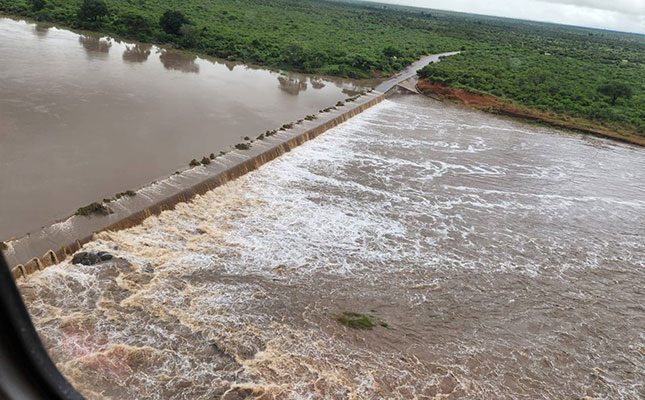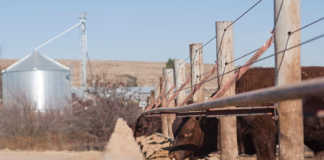
Photo: Twitter: SANParks
Reggie Ngcobo, media liaison for the Department of Agriculture, Land Reform and Rural Development, told Farmer’s Weekly that the declaration would enable an intensive, coordinated response to infrastructural losses, such as damages to roads and bridges, while it could also allow affected farmers to apply for assistance via their provincial departments of agriculture.
READ KZN farmers still reeling from the effects of last year’s floods
“Government may assist farmers, regardless of the size of their farms, with support to fix broken infrastructure, such as fencing and roads, or support farmers with inputs to help them recover from crop losses. To ensure the assistance is used for farming purposes, the assistance is usually in the form of vouchers and not money,” said Ngcobo.
Bennie van Zyl, general manager of TLU SA, said many farming units in the summer rainfall area suffered losses, ranging from damage to pumps, irrigation infrastructure, and fencing and road infrastructure to crop losses.
He said government now needed to urgently fix roads and bridges as soon as possible to allow farmers to at least transport inputs and crops from and to their farms.
Theo de Jager, executive director of the Southern African Agri Initiative and a farmer in Tzaneen, said farmers there had suffered huge losses when the region received about 300mm of rain in a matter of a day.
“We had a lot of rain last year, so the soil was oversaturated, which increases the risk of flooding.”
He added that orchard and cash crop farmers would also struggle to get into their lands to make timeous spray applications. In some cases, farmers were using drones to overcome this challenge.
According to Weather South Africa, widespread and heavy rain started in the latter part of last week and continued through the weekend. This had resulted in widespread flooding, with major rivers, especially those transiting the Kruger National Park and Lowveld, being in full flood since the beginning of the weekend.
The Escarpment and Lowveld regions of the Limpopo province and particularly Mpumalanga had borne the brunt of the flooding, with the southern half of the Kruger National Park particularly affected.
An additional low-pressure system over southern Mozambique and northern KwaZulu-Natal had caused flooding along the coastline of KwaZulu-Natal.
According to Weather South Africa, Charters Creek in KwaZulu-Natal received 242mm during Saturday into Sunday morning, while Tshivhasie Tea Estate in Venda, Limpopo, received 294mm from Friday into Saturday morning.
A press statement from government stated that above-normal rainfall was expected to continue in the early part of 2023 until La Niña conditions, which usually had its strongest impact on rainfall during the mid-summer months, started to subside.











